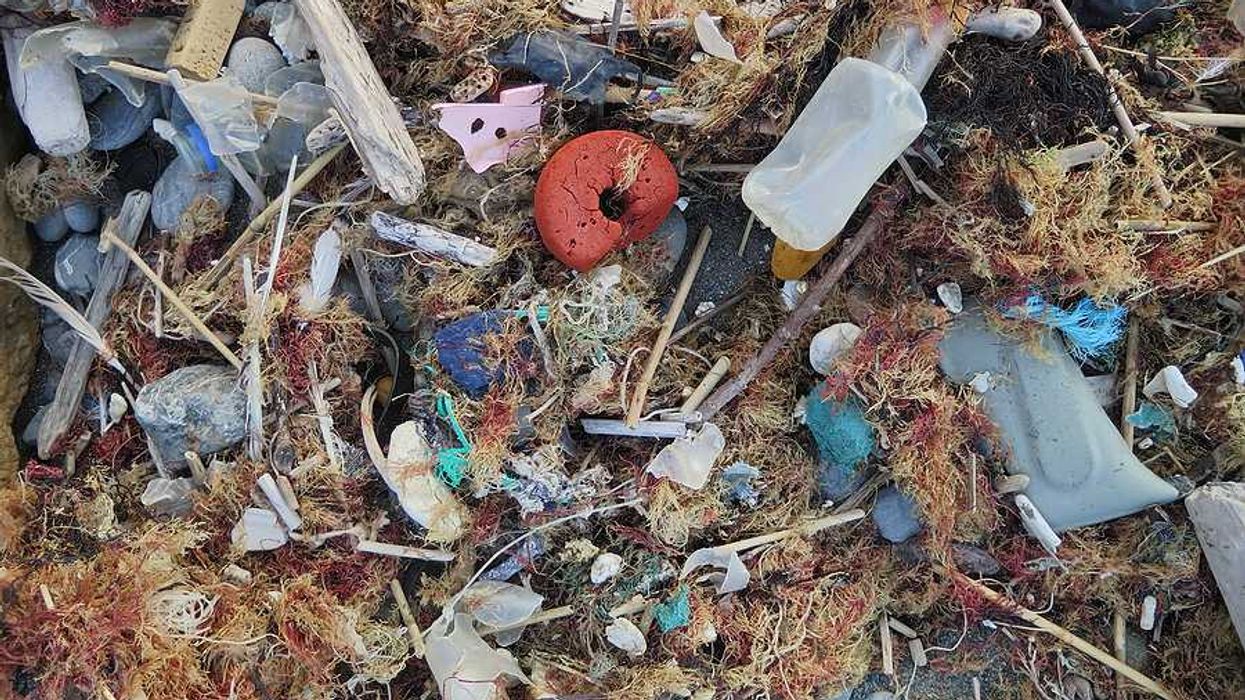The levels of harmful flame retardants in children's blood are dropping every year, according to a new study of kids from New York City.
The flame retardants—polybrominated diphenyl ethers (PBDEs)— were used for decades in furniture, electronics and clothing in an effort to slow the spread of flames if they catch fire. The chemicals were voluntarily phased out starting in 2004 because they build up in the environment and people—PBDEs are found in the air (in and outside our homes), some food, and in people all around the world.
People are mostly exposed by breathing in contaminated dust. The chemicals are linked to a host of health problems, including impaired brain development, altered thyroid hormones, lower IQs in exposed children and some birth defects.
The new study in NYC, which followed 334 mothers and their children from 1998 to 2013, is the first to show a decline in PBDEs in kids' blood and shows that, despite the chemicals' persistence, bans or phase-outs can reduce children's exposure.
"These findings reinforce the decision to phase-out PBDEs from consumer products," said co author Julie Herbstman, an associate professor and researcher at the Columbia University Mailman School of Public Health, in a statement.
The initial phase-out of PBDEs in 2004 was voluntary. Since then some states have banned PBDEs and the U.S. Environmental Protection Agency and chemical companies agreed to a phase-out of almost all PBDEs by 2014.
Herbstman and colleagues tested the mothers' umbilical cord blood, and the kids' blood at ages 2, 3, 5, 7 and 9. The most common PBDE chemical—BDE-47—decreased in the blood about 5 percent every year. When they only looked at the blood after birth, the levels dropped about 13 percent every year.
This isn't the first time phase-outs have been linked to sharp decreases in PBDE exposure: in 2016, researchers reported that levels of the chemicals in Bay Area women's breast milk dropped nearly 40 percent about a decade after California banned the compounds in 2006.
However, lead author Whitney Cowell, a pediatric environmental health research fellow at Mt. Sinai, cautioned about being overly optimistic: The chemicals "continue to be detected in the blood of young children nearly 10 years following their removal from U.S. commerce," she said in a statement.
They found PBDEs in 80 percent of the cord blood samples and every single sample of kids tested from 2 to 9 years old. She also pointed out that since the PBDE phase-out began, scientists have been finding replacement chemicals in children's blood.
As PBDEs are replaced by other chemicals, Cowell and colleague wrote that increasingly PBDE-contaminated products will end up in landfills, so the chemicals may more frequently leach into water supplies—which could "trigger a transition in human exposure pathways from dust to dietary sources," they wrote.
















